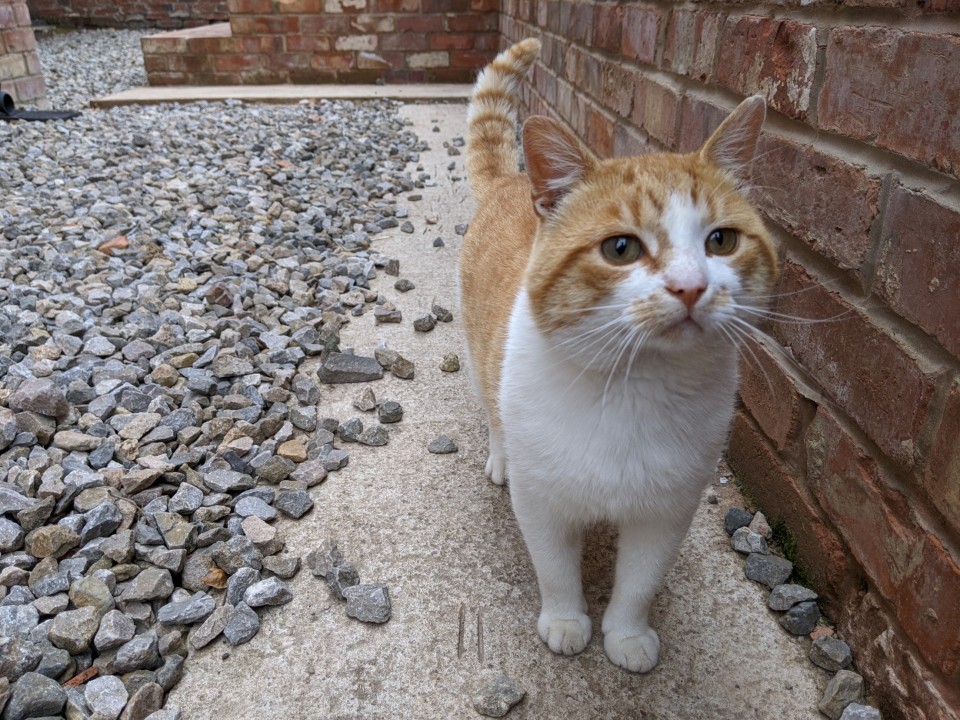We’re now deep into the second year of what’s been referred to as “The Great Remote Work Experiment”. March 2020’s lockdowns came in suddenly, with many companies treating them as a temporary inconvenience. The long-term effects of new working practises are still not obvious.
James Stanier’s second book, Effective Remote Work is an important book, providing the sort of clear ground-rules for remote working which would have been incredibly useful at the pandemic’s start. The book is humane and thoughtful, looking at how to work productively while protecting one’s mental and physical health.
My personal belief is that a properly run remote team will always be more effective than a co-located team. Too many companies rely on having people in the same room to deal with complexity rather than looking at managing things properly. Remote work also gives employees control over their lives, allowing them to live anywhere, and to have a schedule that fits in with their life. Remote employees don’t lose hours each week in commuting to open-plan vanity offices. Most importantly, people who cannot manage a 9–5 in a physical office due to childcare, caring responsibilities or poor health are welcomed back into work by flexible remote companies.
While I’ve read a few books about remote working, Stanier’s is an obvious leader since it has such clear practical guidelines. These recommendations are all based on hard data where possible (such as a comparison of reseach on reading vs listening speeds). Stanier’s book is aimed at any remote worker, regardless of seniority — while management staff have more leverage to introduce new practises, Stanier also shows how even junior staff can produce changes, addressing the small areas of the company that they can influence.
The two most useful ideas for me were the spectrum of synchronous/asynchronous communication, and the ‘golden rule’. Stanier looks at the continuum of media available, from in-person meetings to formal documentation, and how best to use asynchronous media that don’t rely on people being around at the same time. Stanier’s golden rule is that if some employees are remote, everyone should be treated as such. No more meetings where the remote staff stare at a diagram on a whiteboard that they can barely see. This should not need stating — but too often I’ve worked with offshore teams who were treated as if they were second-class. Since the pandemic, most people hopefully have a better understanding of the challenges from remote working.
Another topic the book discusses in detail is onboarding, which Stanier describes as “a lens that we can continually apply to everything we do, all the time”. People always need to do new things, and the more effective the training is, the more easily anyone can switch to new work. (One worrying effect of pandemic remote working is a reduction in roles for more junior staff, which some have thought might be down to concerns about training staff with less work experience).
Effective Remote Work also has an entertaining writing style, and contains the best simile I’ve read in years: “sneaky like a small mouse in a trenchcoat with sunglasses on”.
I think the remote working revolution has only just started. While there are companies treating remote working as a temporary inconvenience, others have made the transition successfully, and who will begin overtaking less flexible competitors — in output, hiring and growth. Stanier’s book provides a clear framework for how companies and employees can prosper over the next few years.

